
A group of six cable and connectivity trailblazers, including top programmers, cable-system operators, a high-profile business anchor and innovative technologists — one of whom is known as “the father of the cable modem” — will be honored April 18 with induction into the Cable Hall of Fame.
That’s when the Syndeo Institute at The Cable Center will stage its 27th annual Cable Hall of Fame celebration, a red-carpet event at the Ziegfeld Ballroom in midtown Manhattan.
The 2024 Cable Hall of Fame inductees are:
- Liz Claman, Anchor, The Claman Countdown, Fox Business Network
- Bonnie Hammer, Vice Chairman, NBCUniversal
- Yvette Kanouff, Partner, JC2 Ventures
- Larry E. Romrell, Board Member, Liberty Media and Liberty Global
- Steven A. White, President, Special Counsel to CEO, Comcast Cable
- Rouzbeh Yassini-Fard, Founder & Board Member, YAS Foundation
They join the 159 luminaries who’ve been inducted into the Cable Hall of Fame since 1998.
“This year’s Cable Hall of Fame honorees are some of the most accomplished leaders in the business,” The Cable Center CEO Diane Christman said. “It will be a true honor to welcome them to the Cable Hall of Fame.”
A current Hall of Famer will be recognized again on April 18 as this year’s winner of the Bresnan Ethics in Business Award. Geraldine Laybourne, a cable entrepreneur who is now the chairman of DAY ONE Early Learning Community, is this year’s Bresnan Award winner.
The Bresnan Award recognizes the late William J. Bresnan, founder and chairman of Bresnan Communications and longtime chairman of the Syndeo Institute at The Cable Center.
“Gerry is a true trailblazer in the cable industry — from building Nickelodeon into a top-rated network to creating Oxygen and leading Disney/ABC, her career achievements are unrivaled,” Michael Willner, chairman and CEO of Penthera Partners and chair of the Syndeo Institute at The Cable Center’s board of directors, said. “She has tirelessly served the industry through her work on numerous boards and the thousands of women she has mentored. Her unwavering dedication to the early learning community is game-changing. It is a special honor to present my good friend with the 2024 Bresnan Ethics in Business Award.”
For more on information on The Cable Hall of Fame, including how to attend the April 18 gala, click here.
Liz Claman
Anchor, The Claman Countdown
Fox Business Network
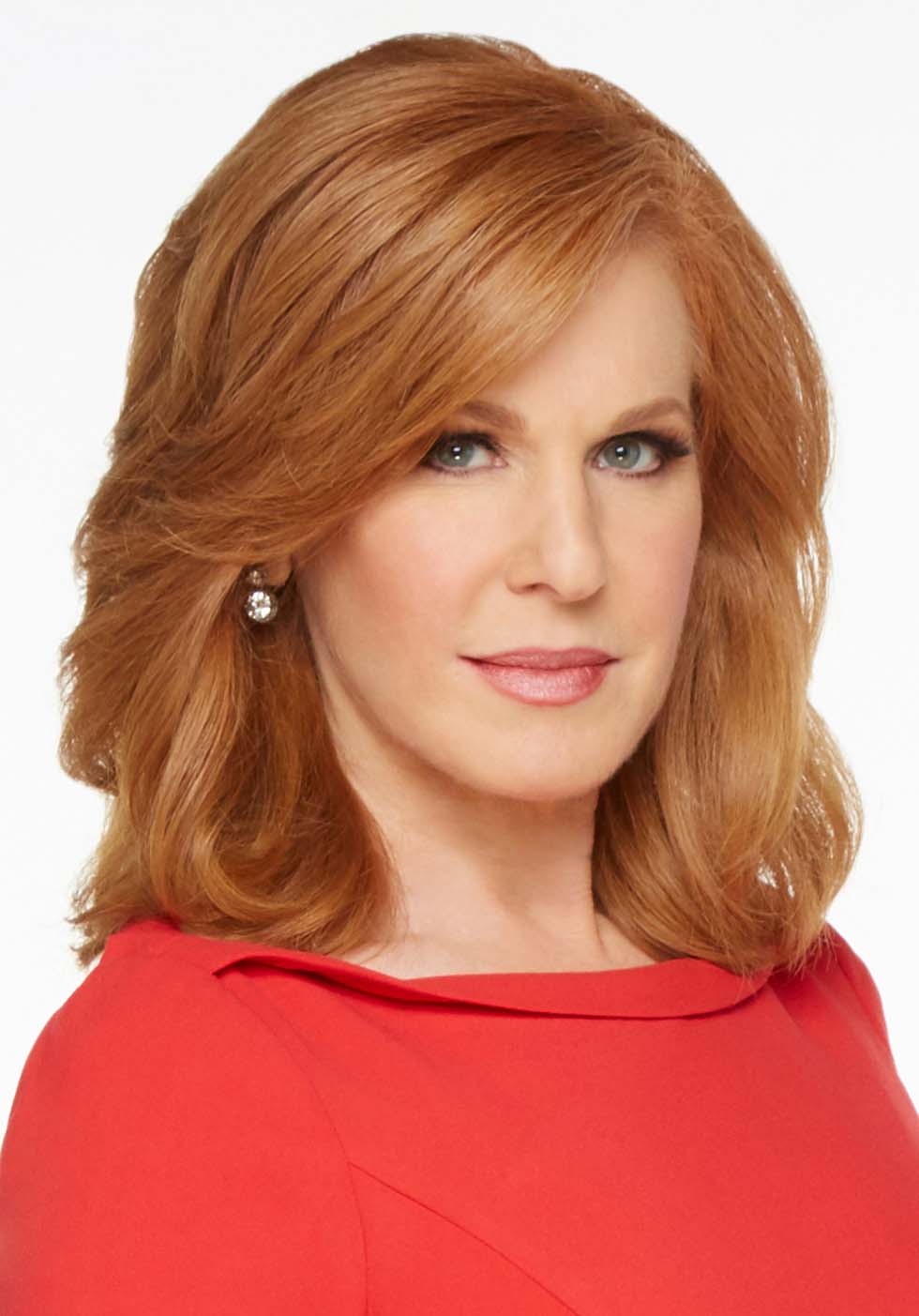
It seems that Liz Claman was always meant to be on the air. Her father brought home the family’s first video camera when she was in sixth grade, and she and her four siblings played with it every night. “They all wanted to pretend they were celebrities,” she recalls. “I wanted to pretend I was the person interviewing the celebrity. I wanted to be that person on the other side of the camera.”
Although she dreamed of being a reporter, Claman thought she needed to focus on a more “legitimate” path. She studied French at the University of California, Berkeley with a diplomatic career in mind, squeezing in every journalism class she could. As graduation approached, the pull was too strong. She got an internship at KCBS Los Angeles which led to a production assistant job, delivering newspapers and scripts to Ann Curry, Paula Zahn and Jim Lampley. Her first on-air job was in Columbus, Ohio, then Cleveland, and eventually she landed an anchor position with WHDH Boston, at the time that city’s NBC affiliate.
In 1998, CNBC offered Claman a 13-week freelance gig. “There were a million reasons not to take it,” she said. “I had a staff job at NBC in Boston. I was an anchor. I had benefits. And [the CNBC job] was the stock market, about which I knew nothing. [But] I knew I had to make the jump to cable.”
Claman inhaled financial information to prepare for the new job. “I kept telling myself sleep was overrated,” she said. “To this day, I never let myself think I know it all.” She still heeds advice from her mother, a trained Shakespearean actress, who told Claman, “Darling, never wing it.” After seven weeks in her initial freelance position, CNBC offered her a full-time job.
At CNBC Claman relished the opportunity to do in-depth reporting. “In cable, you could throw out ideas and most often they’d say, ‘Why not? Let’s try it.’ ” She created Breakfast with the CEO, featuring business luminaries in their natural work habitat. The popular series led to promotion to anchor.
After nine years at CNBC, Claman was ready to move on. She got a call from Fox, which was preparing to launch Fox Business Network. “Within 30 minutes, I thought, ‘I’ve got to work here,’” she recalled. She liked the feistiness of a startup taking on an established player. “More than that, I sensed that they understood me.”
In addition to the highly rated Claman Countdown, Claman’s work at Fox includes her Weekend With Warren special, which culminated in a high-profile interview with Warren Buffett and Bill Gates. Millions follow her on TikTok.
In her off hours, Claman skis, runs triathlons and takes bass guitar lessons. She advises those aspiring to follow her example: “You have to fight the hardest for it. You have to say yes to everything, including the stuff where you say, ‘Well, I’m a Berkeley graduate. I’m not delivering newspapers.’ Yes, you are. You don’t get here without going there.”
Bonnie Hammer
Vice Chairman, NBCUniversal
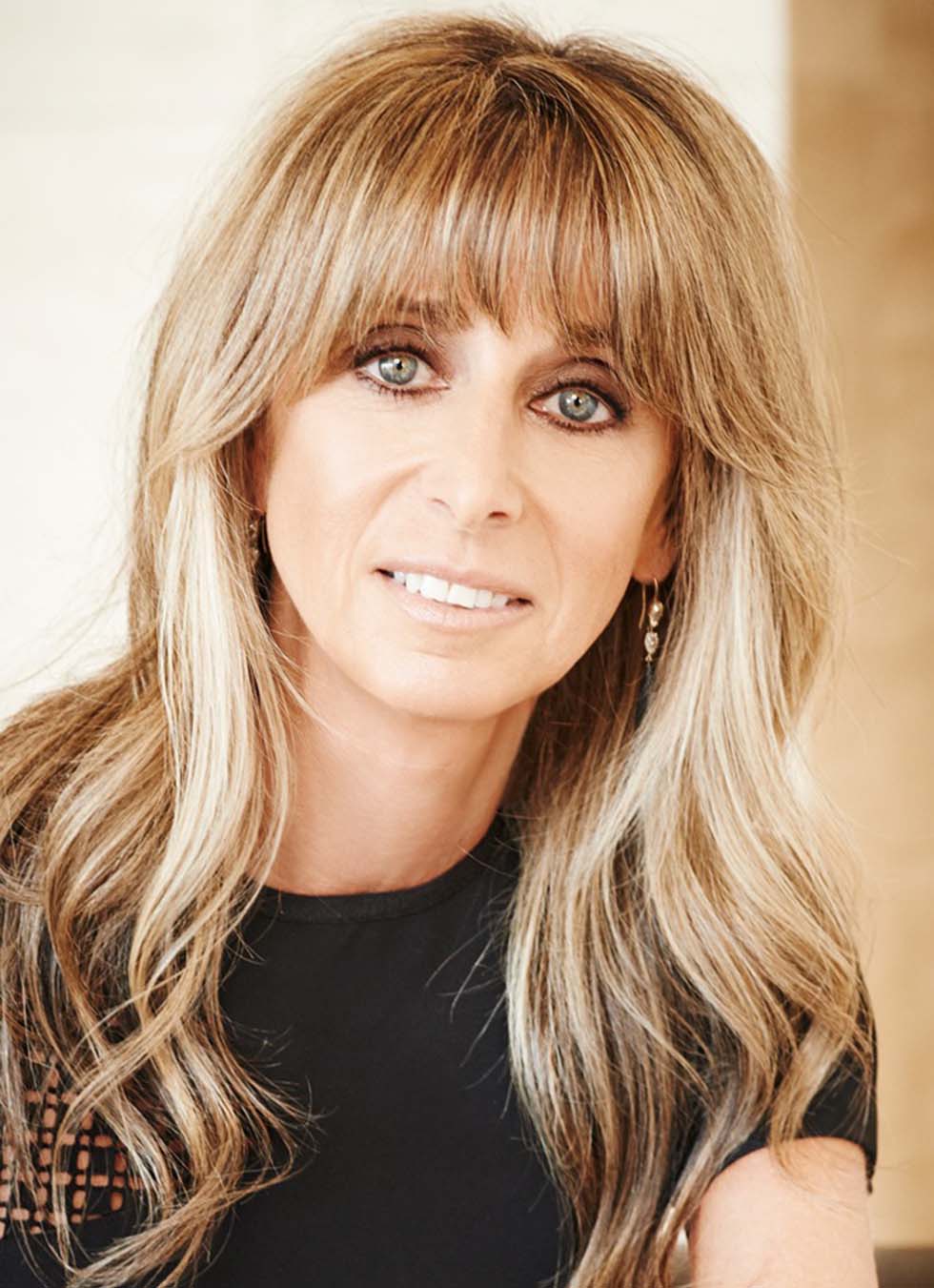
It takes more than a sharp eye and great instincts to become one of the most powerful women in Hollywood. Bonnie Hammer has plenty of both and combined them with her deep belief in the power of collaboration to build a brilliant career.
Her happiest childhood memories are of summer camp. “That’s where I learned true friendship,” she said. “How to be a teammate, how to collaborate, how to share.” That was also where Hammer’s lifelong passion for photography began. Later, as a photojournalism major at Boston University, she cultivated the ability to capture a story in a shot — a skill that would continue to serve her well.
Aiming for a career as a print photojournalist, Hammer got an internship shooting still photos for a kids’ show, Infinity Factory, on WGBH, Boston’s PBS station. A couple of the show’s production assistants had been fired, and Hammer was offered a PA job. Each PA was assigned a child cast member to wrangle. As the most junior member of the team, Hammer was responsible for Winston, a sheepdog. “I had to clean up after the dog,” she recalled. “A lot of people say their job is crap, but mine really was … crap!”
Hammer advanced in broadcast before becoming Lifetime Television’s director of programming. “Cable was still very young,” she recalled. “We made the rules. We broke the rules. We made up new rules. And there were a lot of women, partially because we couldn’t necessarily get jobs in broadcast.”
For Hammer, cable’s limited resources were a bonus. “Because we didn’t have tons of money, there weren’t tons of employees. We all got to wear different hats. We were also forced to collaborate because that’s the only way you could get things done. It was a phenomenal learning ground.”
After joining Universal Television as a programming executive, Hammer went on to lead USA and Syfy. She presided over USA Network’s “Characters Welcome” rebrand and the network’s public-service program, “Erase the Hate,” and green-lighted hit after hit, always “in a room together with every one of my senior people when we had to make a final decision,” she said. Despite early skepticism when she was given responsibility for USA’s wrestling property, Hammer and the “ginormous” men of the WWF (now WWE) forged another hugely successful collaboration.
Now vice chair of NBCUniversal, Hammer said her proudest accomplishment is the teams she’s built throughout her career. “My channels succeeded because of amazing people, great collaboration, and the realization that everyone had skin in the game,” she said. “We would win together, and we would lose together. That made all the difference.”
Hammer advises those entering the industry to seek out honest mentors. “Find yourself a truth-teller,” she said. Next, “understand it’s a journey. Figure out what you love. Experiment. Don’t think growth is all vertical — a lot of it is horizontal. I’m a big believer in zigzagging.” Hammer looks forward to discovering where the next zigzag takes her.
As for her next chapter, “I’m still not finished writing my own story,” she said.
Yvette Kanouff
Partner, JC2 Ventures
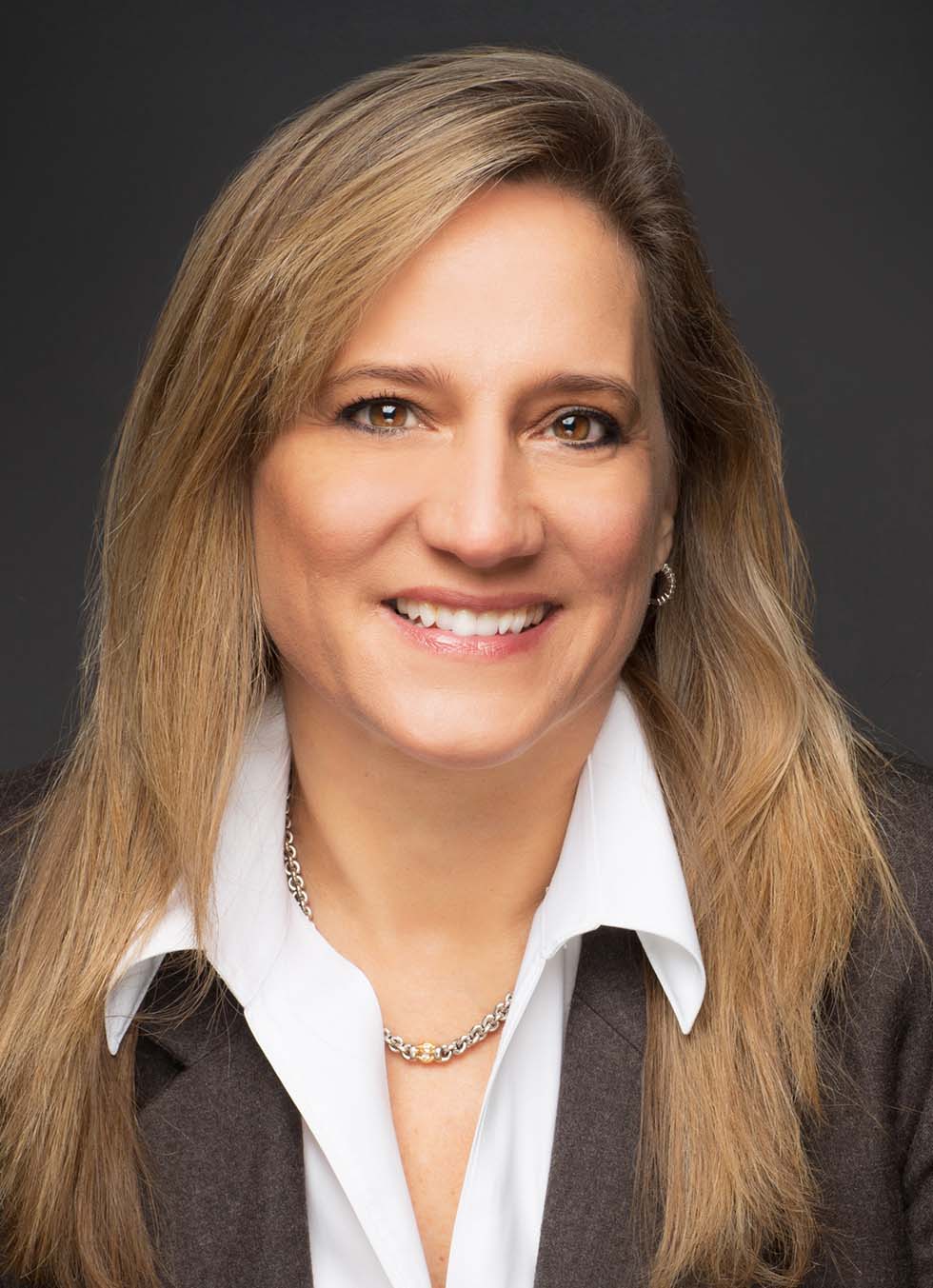
Yvette Kanouff has spent her career blazing trails, revolutionizing video and helping others along the way. As an eighth-grade student in Germany, where her military family was stationed, Kanouff discovered what would become her intellectual passion. Scolding her for goofing off, her teacher sent her to the board to solve an algebra problem. “I solved the problem, and I thought, ‘That was so easy.’ And I fell in love with math that day.”
She studied mathematics at the University of Central Florida and began her career as a radar engineer with Lockheed Martin, developing pattern recognition algorithms — now known as artificial intelligence algorithms.
A Lockheed colleague who was interviewing with Time Warner Cable encouraged her to apply. “I came into the cable industry to help them build two-way video networks — that needs computer science and mathematics, I assumed,” she said. Her ability to code, script and write significant software made her something of a unicorn. “I realized there was nobody like me in the industry, or if there was, I didn’t work with them. So I got to work on the funnest stuff. We had to build every spec from scratch — how to encode, create metadata, store, stream, deliver, modulate, transport, build applications and more.”
Working with Warner Bros. to put a movie onto digital media, she said, “I remember writing one command that was a page long. But all that work was the predecessor to creating the DVD. That wasn’t what we were trying to do, but we ended up creating a digital storage and playout medium for every person in their home.”
Kanouff led the world’s first video-on-demand trial, and her work in VOD, cloud DVR, digital and on-demand advertising, streaming security and privacy changed the face of video. In 2020 she was recognized with a Lifetime Achievement Emmy Award in Technology and Engineering by the National Academy of Television Arts and Sciences.
Often the only woman in the room, especially early in her career, Kanouff has more than her share of stories about unconscious bias, and she has skillfully overcome many barriers with confidence, competence and good humor. She prides herself on the many lifelong friends, men and women, that she has made through deep technical and industry connections.
“It’s just a tough journey for the first one,” Kanouff said, and she is committed to easing the journey for those who follow her. She founded Tech Connect, a mentoring program, and Multiplier Effect, which focuses on sponsorship. “You’ve got to open a door and pull people through. The day I don’t have to do it for women, I’ll gladly do it for somebody else who’s an underdog.”
Kanouff encourages those coming into the business to preserve its distinctive collegiality and creativity. “I’d like to see people continue to help the next generation. We need them and we have to welcome them and help them thrive,” she said. “And most important — never stop innovating!”
Larry E. Romrell
Board Member, Liberty Media and Liberty Global
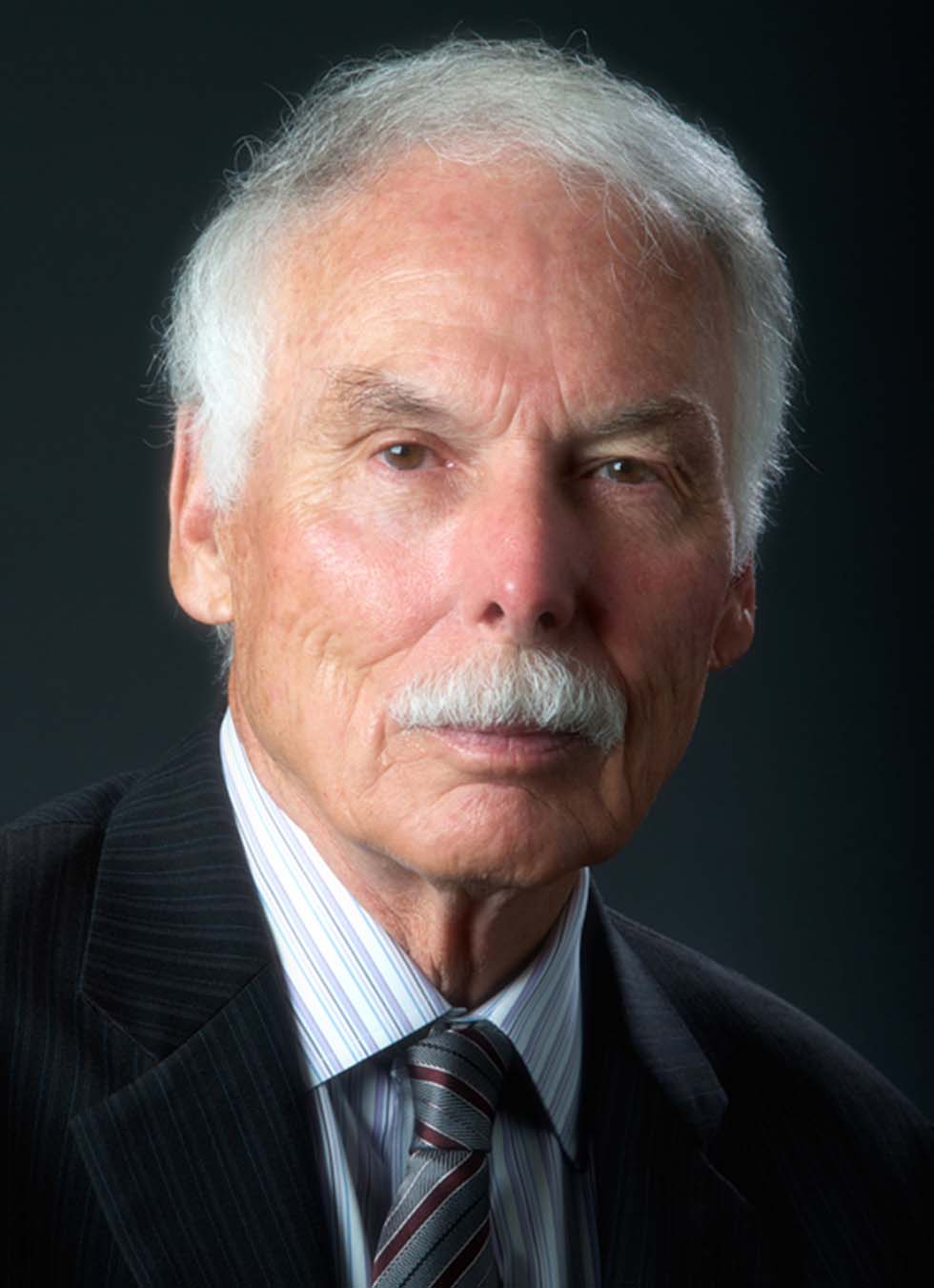
Larry Romrell’s modesty belies his great success. Uncomfortable in the spotlight, he sees himself as lucky — in the right place at the right time with the right people. In fact, he helped build the cable industry.
Growing up in Idaho, Romrell’s earliest ambition was to be a pilot. He studied electronics in college but, “I didn’t finish because there was a local TV station being constructed in Pocatello, Idaho. They hired me and paid me a lot more than the graduates were making.” At Salt Lake City’s KCPX, he gained experience with microwave technology.
Then, community antenna system owner Bob Magness offered him a job. Romrell says he’d been “indoctrinated” with broadcasters’ anti-cable viewpoint and was hesitant to work on Magness’s microwave sites in Montana and Wyoming. However, Romrell recalled, “I liked [Magness] on the phone, so I went to work [for him] right away and I was able to get things stabilized.”
Romrell became Magness’s chief engineer and then manager, traveling with his boss on acquisition trips that changed his view of cable. “I no longer felt I was a turncoat, I could see that the problem in small towns was that they had one broadcast signal or none,” he said.
Magness’s cable company grew, moved to Denver, and became Tele-Communications Inc. (TCI) in 1968. Romrell led the company’s microwave subsidiary, Western Telecommunications, which grew along with TCI, eventually stretching from Omaha to San Francisco. The Idaho country boy “waltzed into the offices of TV network executives and made proposals that (our) equipment would be a lot better for them,” he recalled. “We fed every broadcaster signals along that route.”
Romrell’s work included building the first fiber network inside NORAD in Colorado Springs. A separate contract took him to Saudi Arabia to install the microwave radios for the government across the desert from Riyadh to Jeddah. There, he and his team observed princes on a falconry hunt using a transportable microwave satellite uplink — new technology at the time. “I convinced Bob that we should buy one and use it for remote satellite uplinking,” he recalled. They went on to support uplinking for the NFL, space shuttle launches, and primetime news events. The team also did the satellite uplinking for the Olympics in 1980 and 1984.
In 1978 Western Telecommunications merged with Marcus Communications to become WestMarc, which was spun out as a separate cable company with Romrell and Jeff Marcus at the helm. TCI repurchased WestMarc a few years later and made Romrell a senior vice president.
In 2000, Romrell achieved his childhood dream of becoming a pilot. Today, he enjoys flying and ranching. He currently serves on the boards of Liberty Media, Liberty Global and Tripadvisor. Looking back on a remarkable career, he said: “I guess if there’s something I did right, it’s that I hired really good people. And I had the best mentors that a person could ever follow, like Bob Magness and John Malone. I didn’t do it on my own.”
Steven A. White
President, Special Counsel to CEO, Comcast Cable
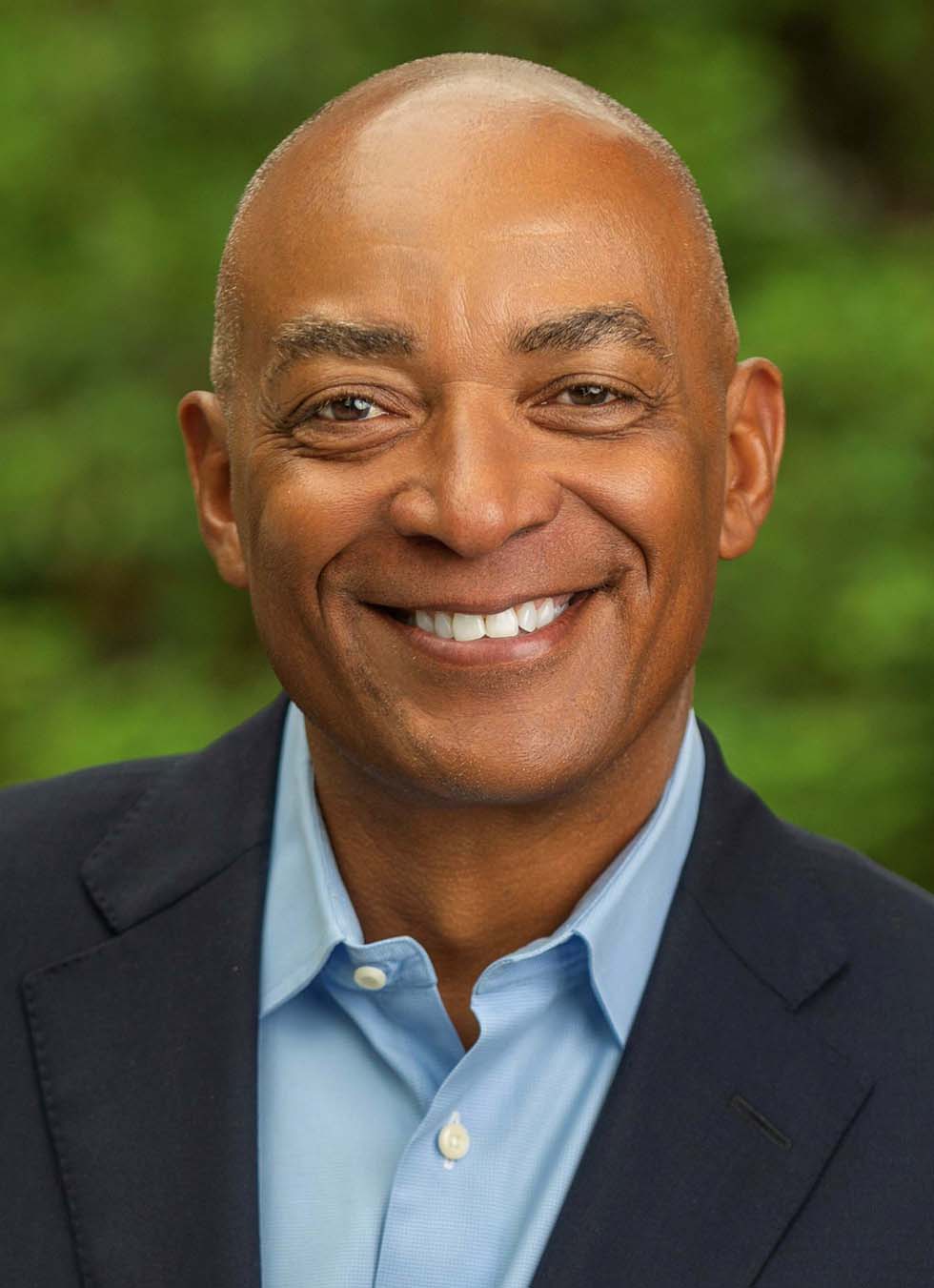
Finding his “why” and making an impact have been lifelong pursuits for Steve White. He was inspired by Mark Twain’s observation, “The two most important days in your life are the day you are born and the day you find out why.” That piece of wisdom led White to live a life of purpose.
White said his earliest influence was his single mother, who moved her “four knucklehead boys” from Florida to Indianapolis with $500 in her pocket and got a job cleaning motels. “That’s motel with an ‘M,’ not hotel with an ‘H,’ ” White emphasized. She’d take the boys to work with her where “we learned about teamwork and what you can control, which is your attitude and effort,” White recalled.
An aspiring athlete in high school, White became the basketball manager for his school’s highly competitive team. Aiming for a career in sportscasting, he went to Indiana University as a journalism major, switching to business when he realized he was better suited to that world.
After college, White became American Hospital Supply’s youngest-ever sales leader at age 23. It didn’t go well. “I thought my purpose was to provide a living for my family so we would never be in poverty again,” he said. “I got fired because I was so self-absorbed.” A company executive who saw White’s potential had the young man shadow him for six months to learn about leadership. “That was a major transformation,” he said. He realized that his “why” was to “create a table of prosperity for as many people as possible.”
White was leading Colgate-Palmolive’s toothbrush business when a TCI recruiter contacted him in 1996. “At the time, TCI was only offering analog video and they wanted to get into phone, get into internet.” He was sold on the prospect of leading thousands of people in a young industry.
After AT&T purchased TCI, White became senior VP of the new organization’s Atlanta cluster, but he was losing interest in the cable business. When AT&T Broadband merged with Comcast in 2002, the company’s vision for what the industry could become inspired White anew. He advanced in operations leadership to become president of Comcast’s West Division. After 18 years with the company, he was named president, special counsel to the CEO of Comcast Cable with responsibility for supporting the company’s diversity, equality and inclusion initiatives; leadership programming and development; and advancement of digital equity.
White believes his success is the result of investing in others and helping them reach their potential. He attributes much to those who gave him “a hand up, not a handout — people who allow you to put your talents fully on display,” he said. “The reason I’ve been given these opportunities is to help make a path for others to make a difference.”
Rouzbeh Yassini-Fard
Founder and Board Member, YAS Foundation
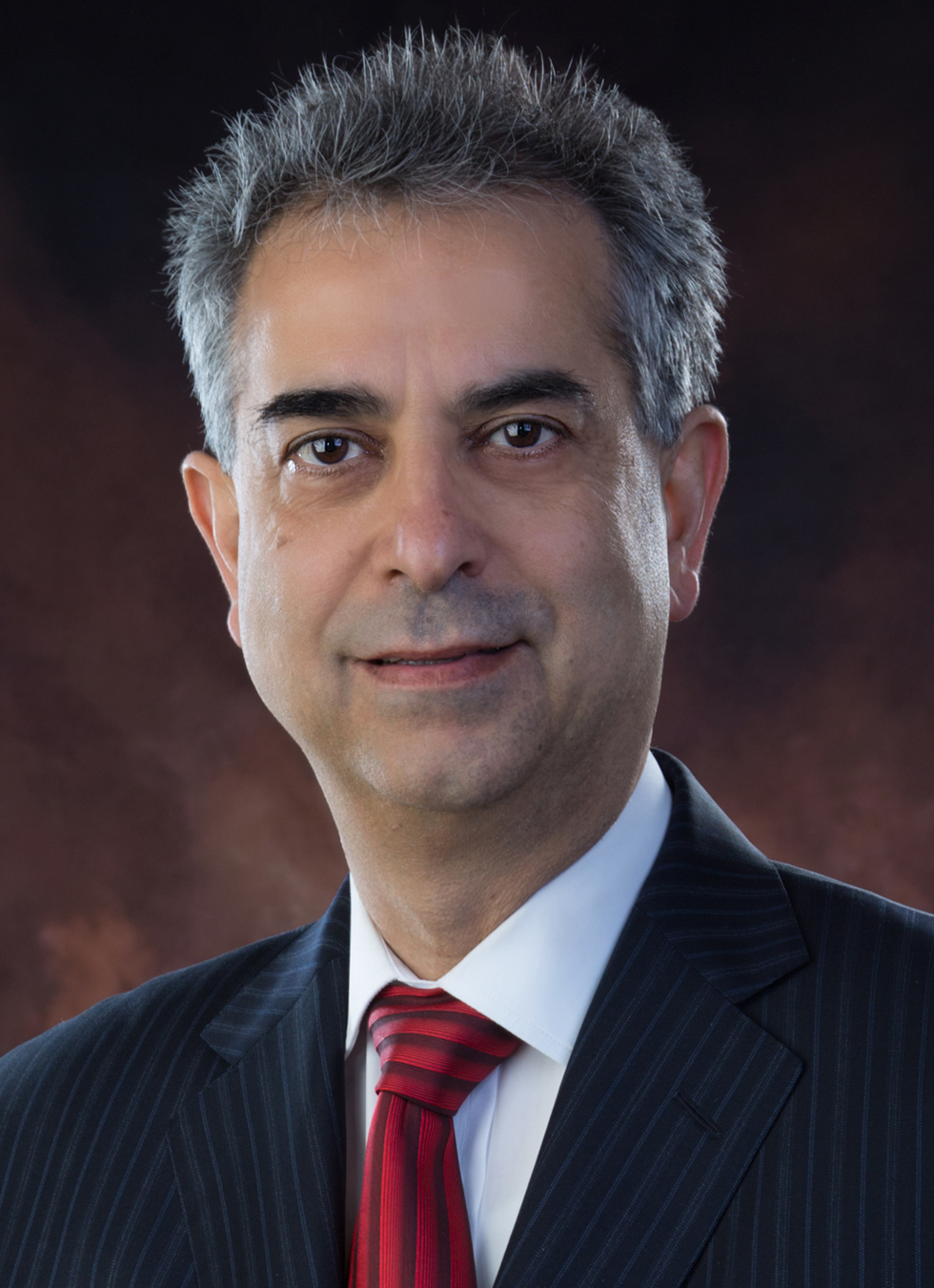
Don’t underestimate a person with a vision, especially if that visionary has the determination of Rouzbeh Yassini. Against all odds, Yassini played an outsize role in connecting the world and became known as the “father of the cable modem.”
Arriving in the U.S. from his native Iran to attend West Virginia University in 1977, Yassini originally intended to study medicine, but pivoted to electrical engineering. “Like healthcare, communications has no boundaries. The discovery continues forever,” he said.
Yassini’s first job in 1981 was with General Electric, where he designed TV sets, cameras and videocassette recorders and got his first glimpse of how cable television worked. In 1986 he moved to New England to become director of engineering at a data-networking company, Proteon.
Those two experiences started the wheels turning. “At GE we did video over coax for consumers, and at Proteon we did data over twisted pair for corporate users,” he recalled. “I thought, ‘Wouldn’t it be great to put data and video over the same wire.’ ”
But not everyone agreed. “The chief technical officers at Proteon told me that if it could be done, somebody would already have done it. So I quit Proteon and followed my vision to do it myself.”
Working with a hand-picked team of engineers and advisers, Yassini began deploying a first-generation cable modem for university campuses and government clients including the Rock Island Arsenal military complex, where a then-record 5,000 users were connected by a blended coax-and-data network.
In 1990, Yassini founded LANcity Corp. to develop technology that was smaller, agile, and built for scale. A second-generation modem for institutional customers paved the way for LANcity’s crown jewel: a powerful, affordable modem designed to integrate with residential cable networks.
At the time, many larger cable U.S. operators remained focused on their core business of video, not data connectivity. Smaller companies, however, were more willing to experiment, and by 1992, with more than 100 operators using LANcity’s modems, larger peers began to join the parade. “The biggest challenge wasn’t inventing the technology and scaling it,” Yassini said. “It was convincing the cable industry that data over cable had business value, and that it could be the underpinning for a generational transformation.”
With the LANcity personalized cable-modem revolution accelerating in 1995 and its merger with BayNetwork, Yassini went on to work with CableLabs as executive consultant in 1997 to develop the DOCSIS standard and a companion interoperability/certification effort that would vault “cable television” into the broader realm of telecommunications. Today, DOCSIS-powered devices are just about everywhere, connecting billions of people. But Yassini said there’s still work to be done. One objective: make sure every citizen is connected to broadband. Another: help heal planet Earth.
Pairing vast sensor networks with broadband connectivity offers enormous potential for improving environmental conditions ranging from cleaner water to reduced pollution. “Eventually, we’ll learn to use the network to improve human life and extend the planet’s survival,” Yassini said. “That’s the ultimate goal.”
Bresnan Award Recipient
Geraldine Laybourne
Chair, DAY ONE Early Learning Community

Gerry Laybourne has spent much of her extraordinary career listening to others, and turning what she learns from them into gold. Her achievements led to her 2004 induction into the Cable Hall of Fame. Like Bill Bresnan, she has always used business as a jumping-off point to make the world a better place, and her efforts on behalf of women and children have earned her the 2024 Bresnan Ethics in Business Award.
Laybourne took over the management of Nickelodeon in 1984 and led the network to top ratings and awards over the next 16 years. She said she did it by listening. “My mentors in how to run Nickelodeon were kids and my staff,” Laybourne said. “I went to more focus groups listening to kids than probably any TV executive in the history of television.”
Inspired by an early mentor, Bernice Coe, the founder of Women in Cable (now the WICT Network), Laybourne was determined to help women advance in the industry. “When I was president of Nickelodeon, at least ten percent of my speeches would be for women’s groups,” she recalls. As a result, “so many young women would call my office to get my advice. My assistant figured out I didn’t need any more breakfast or lunch meetings. So we invited people to walk with me around Central Park Mondays and Fridays at 7 a.m. That became the mentor’s walk.”
Laybourne founded Oxygen Media and in 2000 launched Oxygen, the first network owned and operated by women. The network was targeted to young women, and mentor’s walks became a part of its brand. Four hundred women participated in the first walk, and Oxygen took it to other cities across the U.S. Today, Laybourne is vice chairman of Vital Voices, which supports 165 annual Mentoring Walks in more than 80 countries.
With a master’s degree in elementary education, Laybourne’s deepest commitment is to early childhood education. “There was curriculum behind everything” at Nickelodeon, she said.
As an undergraduate at Vassar College and later as a board member, Laybourne became interested in the public school system in Vassar’s hometown of Poughkeepsie, New York. In 2020, just 48% of the city’s students were graduating from high school, and Laybourne believed it was because Poughkeepsie was a “child-care desert.” She co-founded DAY ONE, which created a community-based approach to building a skilled childcare workforce, working with teachers, children, parents, and communities. Now in its third year, the nonprofit is focused on Poughkeepsie and Dutchess County, but has already drawn wider attention.
Laybourne serves on statewide and U.S. Senate task forces for early childhood education. “We’re in high expansion mode and it all reminds me of Nickelodeon,” she said. “[DAY ONE’s] results are better than we thought they’d be. It’s because we’re concentrating on the audience. Everything I learned in the cable industry, I’m using.”







